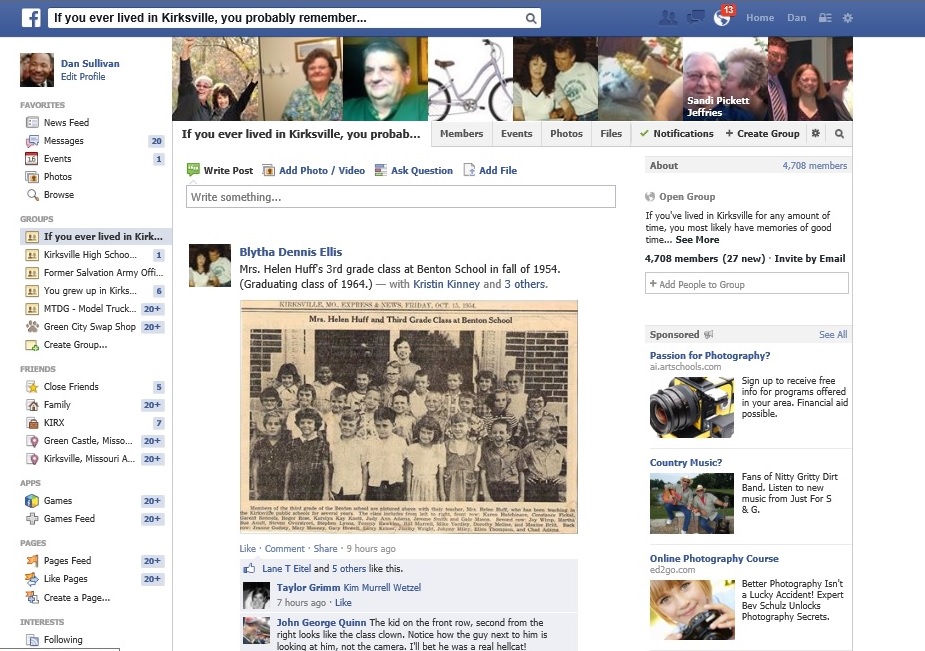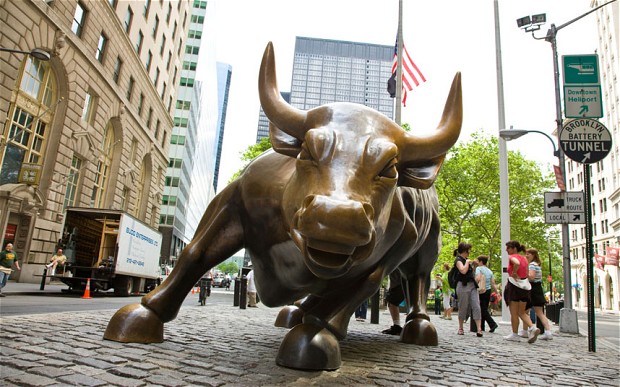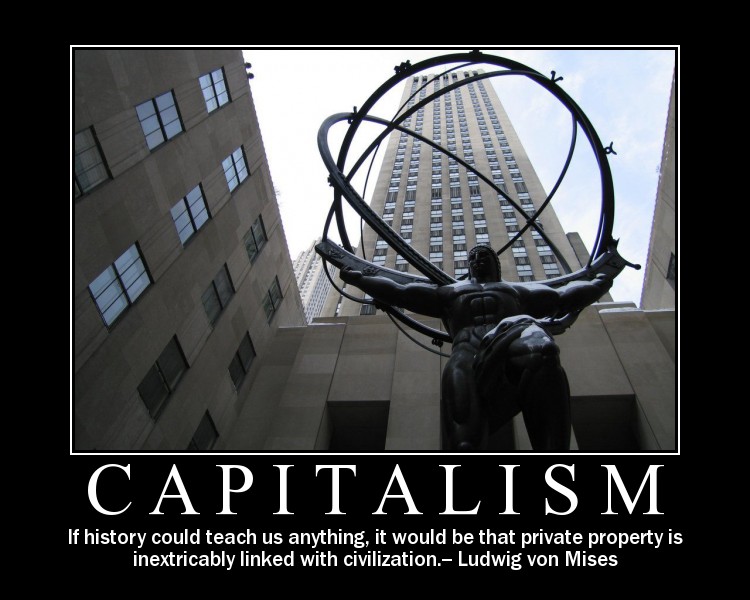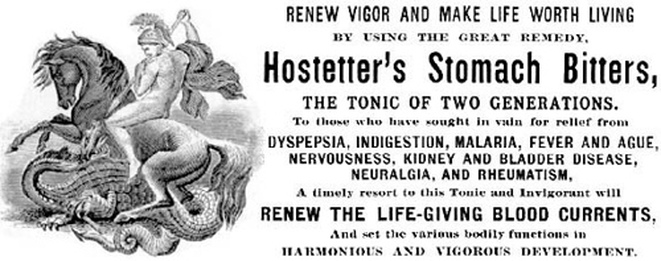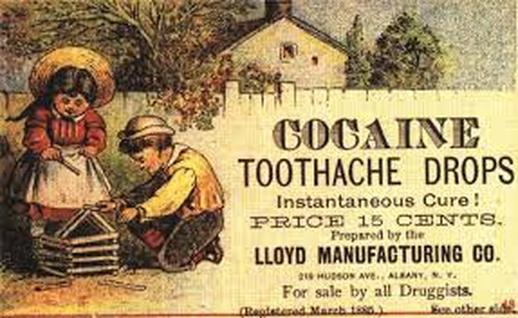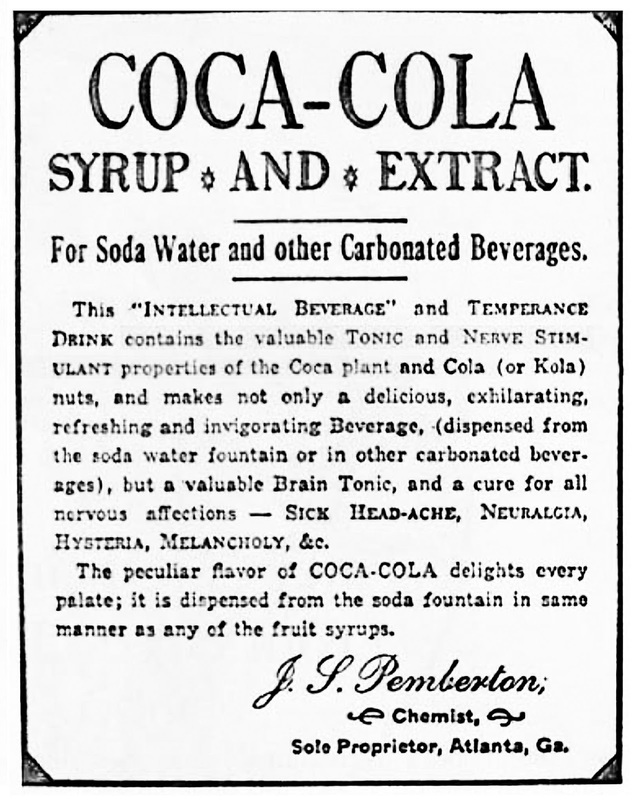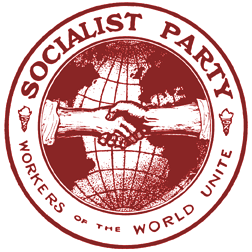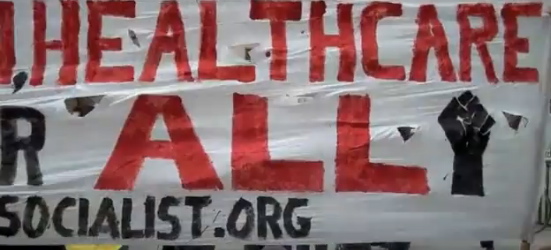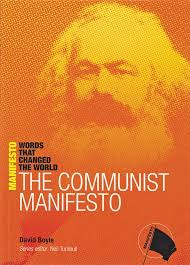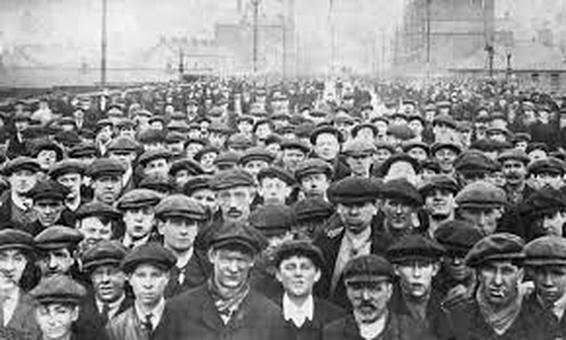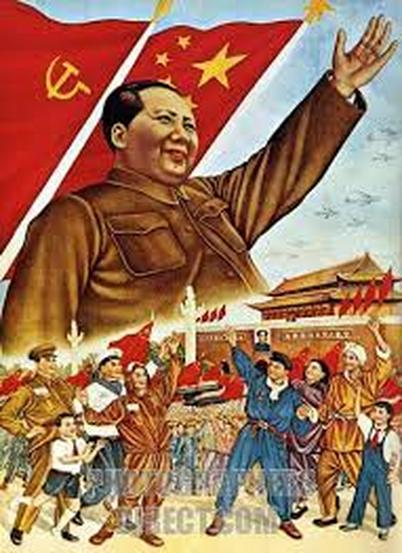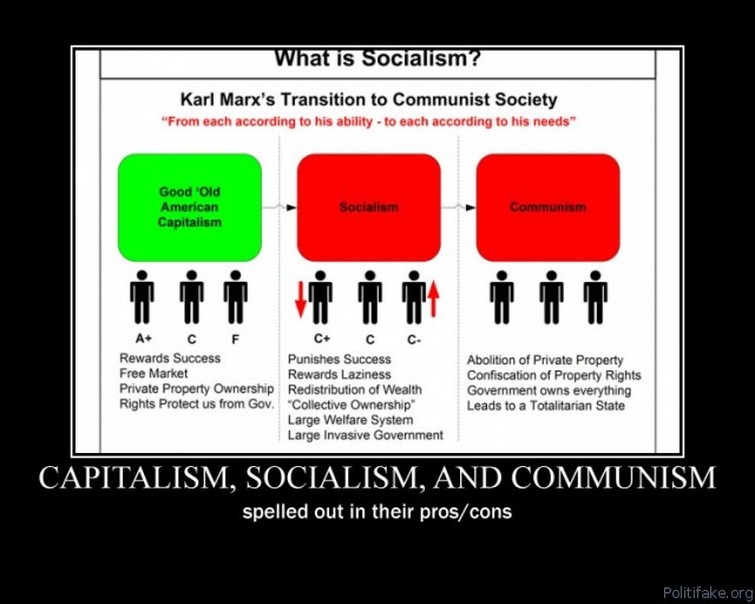Chapter 1 Section 4
"Economic theories"
Facebook and many other websites make money the same way that network television does, by selling advertisements. In our market economy, producers use ads to inform consumers about their products. They are typically willing to provide funding in return for having their products displayed on the website, television channel or radio broadcast. It makes the consumer aware of their products.
Economics is the study of how limited resources are used to satisfy people's seemingly unlimited wants. Some resources are natural materials, such as land and water, while other human resources include knowledge and labor. There is never enough resources to produce all that people could want, so societies have to decide how resources will be used. Some political systems let a free market determine how resources are used. Other political systems use government regulation or control to allocate resources.
Economic systems get classified in two ways. One way looks at how economies actually work. The other way looks at the political ideology that is connected to an economy.
There are three categories used to classify economies by how they work: a traditional or pre-modern economy, a market economy, and a command economy. To group theres economies, one will use related political beliefs such as capitalism, socialism, and communism.
Economics is the study of how limited resources are used to satisfy people's seemingly unlimited wants. Some resources are natural materials, such as land and water, while other human resources include knowledge and labor. There is never enough resources to produce all that people could want, so societies have to decide how resources will be used. Some political systems let a free market determine how resources are used. Other political systems use government regulation or control to allocate resources.
Economic systems get classified in two ways. One way looks at how economies actually work. The other way looks at the political ideology that is connected to an economy.
There are three categories used to classify economies by how they work: a traditional or pre-modern economy, a market economy, and a command economy. To group theres economies, one will use related political beliefs such as capitalism, socialism, and communism.
The Role of Economic Systems
There are three questions that must be answered by each economic system.
"What and how much should be produced?"
"How should goods and services be produced?"
"Who gets the goods and services that are produced?"
People in different historical circumstances have answered these questions in various ways. Societies with more political freedom tend to have relatively free or unregulated economies. Those societies with less political freedom have economies under more government control.
"What and how much should be produced?"
"How should goods and services be produced?"
"Who gets the goods and services that are produced?"
People in different historical circumstances have answered these questions in various ways. Societies with more political freedom tend to have relatively free or unregulated economies. Those societies with less political freedom have economies under more government control.
Capitalism
Capitalism is an economic system where freedom of choice and individual incentive for workers, investors, consumers, and business enterprises are emphasized. The government believes that society is best served by whatever productive activity individuals choose. Pure capitalism has five characteristics: private ownership and control of property and economic resources, free enterprise, competition, freedom of choice, and the possibility of profits.
Origins of Capitalism
The word "capital" means "money or wealth that is invested to make more money." Such investment could not happen until people produced enough to have extra to invest. A market system in which buyers and sellers compete to make money is at the heart of capitalism. We can find capitalism beginning in Europe near the 13th century. We see explorers and merchants opening trade routes to Asia. They needed long-term investors to carry out their projects. as trade increased, people made more money and re-invested it in other moneymaking schemes.
As the 18th century arrived, Europe had national states, a wealthy middle class used to banks and markets, and an aggressive attitude toward work and wealth. They valued progress, invention, and the free market. A free market meant that the government placed no limits on the freedom of buyers and sellers to make economic decisions.
Adam Smith provided a philosophy for free trade in 1776. A Scottish philosopher and economist, Smith opposed what many nations were doing regulating trade in many ways, such as taxing imports. Smith wrote in "The Wealth of Nations" that the government should leave the economy alone as much as possible. He believed in a "laissez-faire" economy. Laissez-faire is French for "to let alone." The market would act as an invisible hand guiding economic choices for the best results. In this belief, the action of buyers and sellers determines what is produced and bought, not the government.
Competition is healthy in this kind of economy because sellers compete over resources to produce goods and services at the most reasonable price. At the same time, consumers compete over limited products to buy what they want and need. These same consumers in their role as workers try to sell their skills and labor for the best wages or salaries they can get.
As the 18th century arrived, Europe had national states, a wealthy middle class used to banks and markets, and an aggressive attitude toward work and wealth. They valued progress, invention, and the free market. A free market meant that the government placed no limits on the freedom of buyers and sellers to make economic decisions.
Adam Smith provided a philosophy for free trade in 1776. A Scottish philosopher and economist, Smith opposed what many nations were doing regulating trade in many ways, such as taxing imports. Smith wrote in "The Wealth of Nations" that the government should leave the economy alone as much as possible. He believed in a "laissez-faire" economy. Laissez-faire is French for "to let alone." The market would act as an invisible hand guiding economic choices for the best results. In this belief, the action of buyers and sellers determines what is produced and bought, not the government.
Competition is healthy in this kind of economy because sellers compete over resources to produce goods and services at the most reasonable price. At the same time, consumers compete over limited products to buy what they want and need. These same consumers in their role as workers try to sell their skills and labor for the best wages or salaries they can get.
Free Enterprise in the United States
A pure capitalist system doesn't exist in reality, but the American system of economy is one of the most capitalistic in the world. Yes, there is significant government regulation, but it's goal is to preserve a free market.
The government's role in the economy has grown since the early days of the 20th century. One reason is the fact the government itself has grown, becoming the single largest buyer of goods and services. Another reason is that the federal government has regulated the economy more and more in the interest of consumer health and product safety. Manufacturers in the early 1900s were less than scrupulous in their tactics and products sold to the general public. Some promoted their product's ability to do things that did not really happen. Patent medicines were rampant, advertising that they could cure anything from hiccups to cancer to baldness. In reality, the products were heavily laced with alcohol and strong drugs, such as heroin, cocaine, and morphine. Many products were promoted for use with infants. One product even used the slogan "makes them lay like the dead till morning." The general public may not have known what ingredients were in these products, but they certainly developed a desire for the consumption of these miracle formulas.
The government's role in the economy has grown since the early days of the 20th century. One reason is the fact the government itself has grown, becoming the single largest buyer of goods and services. Another reason is that the federal government has regulated the economy more and more in the interest of consumer health and product safety. Manufacturers in the early 1900s were less than scrupulous in their tactics and products sold to the general public. Some promoted their product's ability to do things that did not really happen. Patent medicines were rampant, advertising that they could cure anything from hiccups to cancer to baldness. In reality, the products were heavily laced with alcohol and strong drugs, such as heroin, cocaine, and morphine. Many products were promoted for use with infants. One product even used the slogan "makes them lay like the dead till morning." The general public may not have known what ingredients were in these products, but they certainly developed a desire for the consumption of these miracle formulas.
Then there was the concern toward the food industry. Meat packing plants were filled with rodents and unhealthy storage practices. Rats would drop feces and urine on or near the meat and it would end up in the finished product. Some businesses might have placed poisons out to eradicate the vermin, only to have it end up carried to the meat by the rodents. The Meat Inspection Act and the Pure Food and Drug Act, both were passed in 1906 and are early examples of government regulation to benefit the consumer.
Next, the Great Depression created an emergency that propelled government action. Millions were out of work and the government created programs to provide basic economic security. The Social Security system is one example. The Tennessee Valley Authority, a public corporation competing with private companies to provide electricity, was another.
Many laws have been passed giving the government a role in such areas as labor-management relations, environmental regulation, and control over financial institutions.
Next, the Great Depression created an emergency that propelled government action. Millions were out of work and the government created programs to provide basic economic security. The Social Security system is one example. The Tennessee Valley Authority, a public corporation competing with private companies to provide electricity, was another.
Many laws have been passed giving the government a role in such areas as labor-management relations, environmental regulation, and control over financial institutions.
Mixed Economies
Economists describe the American economy and others in the world today as mixed economies. "Mixed economies mix elements of capitalism and socialism. The American economy is basically identified with a capitalist economy, even thought it is a mixed economy. It is rooted deeply in the value of individual initiative, that each person knows what is best for himself or herself. It respects the right of all persons to own private property. It recognizes that freedom to make economic choices is a part of individual freedom. Regulation is usually accepted reluctantly and only when necessary for the protection of public welfare.
Socialism
Our second economic system is that of socialism. In this economic system, the government owns the basic means of production, determines the use of resources, distributes the products and wages, and provides social services such as education, health care, and welfare.
We find socialism developing after the start of the Industrial Revolution in the early 1800s. Industrialization resulted in modern economies more productive, but it also created a great deal of suffering. Workers lived in terrible poverty, working twelve hours per day, six days a week. They lives in slums and had no power to bargain with employers.
Social reformers believed that with so much productive capacity, no one should have to suffer or starve. They wanted the government to direct the economy in distributing goods and wealth more equally. Some rejected capitalism and believed that only a violent revolution could create change. Others believed reforms could be made peacefully and gradually by organizing the working class and the voters. Even others tried to build ideal communities, or communes, where people were supposed to share in all things.
Opponents of socialism say that it stifles individual initiative. They also claim that under a socialist government, high tax rates hinder economic growth. Further, some argue that because socialism needs increased governmental regulation, it helps create big government and can lead to dictatorships.
We find socialism developing after the start of the Industrial Revolution in the early 1800s. Industrialization resulted in modern economies more productive, but it also created a great deal of suffering. Workers lived in terrible poverty, working twelve hours per day, six days a week. They lives in slums and had no power to bargain with employers.
Social reformers believed that with so much productive capacity, no one should have to suffer or starve. They wanted the government to direct the economy in distributing goods and wealth more equally. Some rejected capitalism and believed that only a violent revolution could create change. Others believed reforms could be made peacefully and gradually by organizing the working class and the voters. Even others tried to build ideal communities, or communes, where people were supposed to share in all things.
Opponents of socialism say that it stifles individual initiative. They also claim that under a socialist government, high tax rates hinder economic growth. Further, some argue that because socialism needs increased governmental regulation, it helps create big government and can lead to dictatorships.
Democratic Socialism
Socialists committed to democracy in the political sphere but want better distributing of economic goods are called democratic socialists. In this system, citizens have basic democratic rights like free speech and free elections, but in the economic sphere, the government owns large industries and makes the economic decisions that benefit everyone.
Denmark, Norway, and Sweden are seen as practicing democratic socialism. Since World War Two, democratic socialist countries kept a sharp focus on retaining control of key industries. Some of these industries are steel mills, shipyards, railroads, and airlines. These governments provide extensive welfare benefits to their citizens, like health and medical care and old-age pensions.
Recently, these countries have lessened government control of many economic activities but they have continued to provide generous social benefits. The above mentioned countries all had prosperous economies as of 2008.
Denmark, Norway, and Sweden are seen as practicing democratic socialism. Since World War Two, democratic socialist countries kept a sharp focus on retaining control of key industries. Some of these industries are steel mills, shipyards, railroads, and airlines. These governments provide extensive welfare benefits to their citizens, like health and medical care and old-age pensions.
Recently, these countries have lessened government control of many economic activities but they have continued to provide generous social benefits. The above mentioned countries all had prosperous economies as of 2008.
Communism
Karl Marx was born in Germany and was a philosopher, writer, and reformer. Living from 1818 to 1883, Marx new firsthand both early industrialization and political rebellion. He believed that capitalism would collapse. Marx published "The Communist Manifesto" in 1848. He went on to expand his views of capitalism in 1867 with "Das Kapital."
Marx saw the Industrial Revolution bringing about dramatic change. Workers were now concentrated in factories and didn't own their tools. Marx called this industrial working class the proletariat. The industrial society was called the bourgeoisie. Marx used this term to not just mean the middle class, but the middle class as owners of industrial capital, the means necessary to produce industrial goods, such as factories, land, water rights, or other necessary resources.
Capitalists were the ruling class in Marx's view because they held the power over resources. The workers ended up being paid a low hourly wage. They didn't receive the full value of their labor since the owners paid them so poorly and kept the profits. Marx saw the capitalist system keeping wages from ever rising above a subsitience level, just barely enough to survive.
Marx saw the Industrial Revolution bringing about dramatic change. Workers were now concentrated in factories and didn't own their tools. Marx called this industrial working class the proletariat. The industrial society was called the bourgeoisie. Marx used this term to not just mean the middle class, but the middle class as owners of industrial capital, the means necessary to produce industrial goods, such as factories, land, water rights, or other necessary resources.
Capitalists were the ruling class in Marx's view because they held the power over resources. The workers ended up being paid a low hourly wage. They didn't receive the full value of their labor since the owners paid them so poorly and kept the profits. Marx saw the capitalist system keeping wages from ever rising above a subsitience level, just barely enough to survive.
Class Struggles
Marx saw all human history as a class struggle between the workers and the owners. In "The Communist Manifesto," he stated that there had always been this struggle between lord and master, feudal servant and feudal lord, but in the end, the struggle brought progress. Bourgeois merchants may have opposed the interests of feudal aristocrats, but they created industrial wealth.
Marx predicted that the same would happen again, but the struggle would be between the bourgeois owners of capital and the workers. Industries would consolidate so a small number of capitalists would own all of it. These individuals would manipulate and rob the workers of more of the fruits of their labor. The workers would in turn overthrow the capitalists. Their revolution's goal would be socialism, or government ownership of the means of production and distribution. Marx called his ideas "scientific socialism." He thought it was scientific fact that communism would develop.
What would a future communist society look like? Marx wasn't certain, but under communism, he predicted that there would be only one class,the working class. All property would be held in common, and finally, there would be no need for government.
Marx claimed that the coming of communism was a matter of scientific fact and wrote about it with an almost religious passion:
"In short, Communists everywhere support every revolutionary movement
against the existing social and political order of things...
Let the ruling class tremble at the communist revolution.
The proletarians have nothing to lose but their chains.
[Working men] of all countries, unite!"
The Communist Manifesto, 1848
Marx predicted that the same would happen again, but the struggle would be between the bourgeois owners of capital and the workers. Industries would consolidate so a small number of capitalists would own all of it. These individuals would manipulate and rob the workers of more of the fruits of their labor. The workers would in turn overthrow the capitalists. Their revolution's goal would be socialism, or government ownership of the means of production and distribution. Marx called his ideas "scientific socialism." He thought it was scientific fact that communism would develop.
What would a future communist society look like? Marx wasn't certain, but under communism, he predicted that there would be only one class,the working class. All property would be held in common, and finally, there would be no need for government.
Marx claimed that the coming of communism was a matter of scientific fact and wrote about it with an almost religious passion:
"In short, Communists everywhere support every revolutionary movement
against the existing social and political order of things...
Let the ruling class tremble at the communist revolution.
The proletarians have nothing to lose but their chains.
[Working men] of all countries, unite!"
The Communist Manifesto, 1848
Communism, a Command Economy
In communist nations, government planners decide how much to produce, what to produce, and how to distribute the goods and services produced. This system is called a command economy because decisions are made by the upper levels of government and passed down to managers. In communist countries, the state owns the land, natural resources, industry, banks, and transportation facilities. The state controls mass communication including newspapers, magazines, television, radio, the movie industry, and even the Internet.
Today only a handful of communist states remain in the world, most in Asia. Like capitalist states, communist states vary in how much of the economy is state-controlled. In the People's Republic of China, created in 1949, the government had tight control of the economy for years. The Chinese government used five-year plans to establish precise goals for every facet of production in the nation. It specified how many new housing units would be produced over the next five years, where they would be built, who could dwell there, and how much the rent would be.
Today only a handful of communist states remain in the world, most in Asia. Like capitalist states, communist states vary in how much of the economy is state-controlled. In the People's Republic of China, created in 1949, the government had tight control of the economy for years. The Chinese government used five-year plans to establish precise goals for every facet of production in the nation. It specified how many new housing units would be produced over the next five years, where they would be built, who could dwell there, and how much the rent would be.
Mao Zedong was the historic founder of the Chinese Communist Party. Since he died in 1976, China's economy has changed significantly. It now has a mixed economy, with a number of capitalist elements in its socialist system. Political freedom is still very limited, and for that reason, economic freedom remains limited as well.
